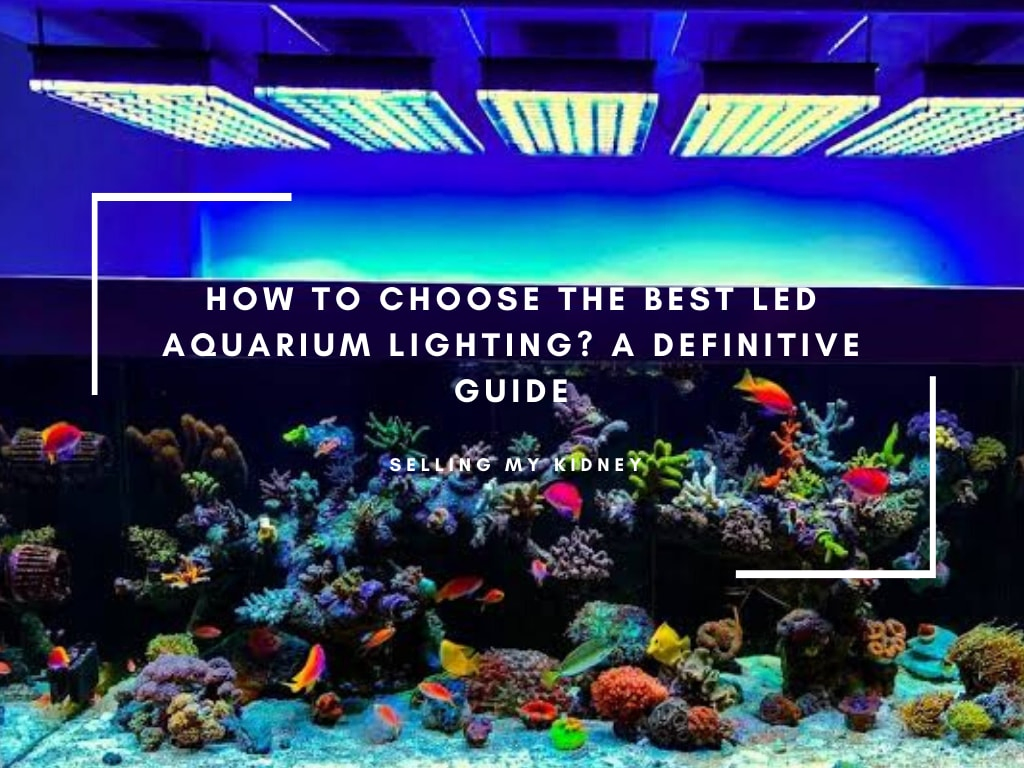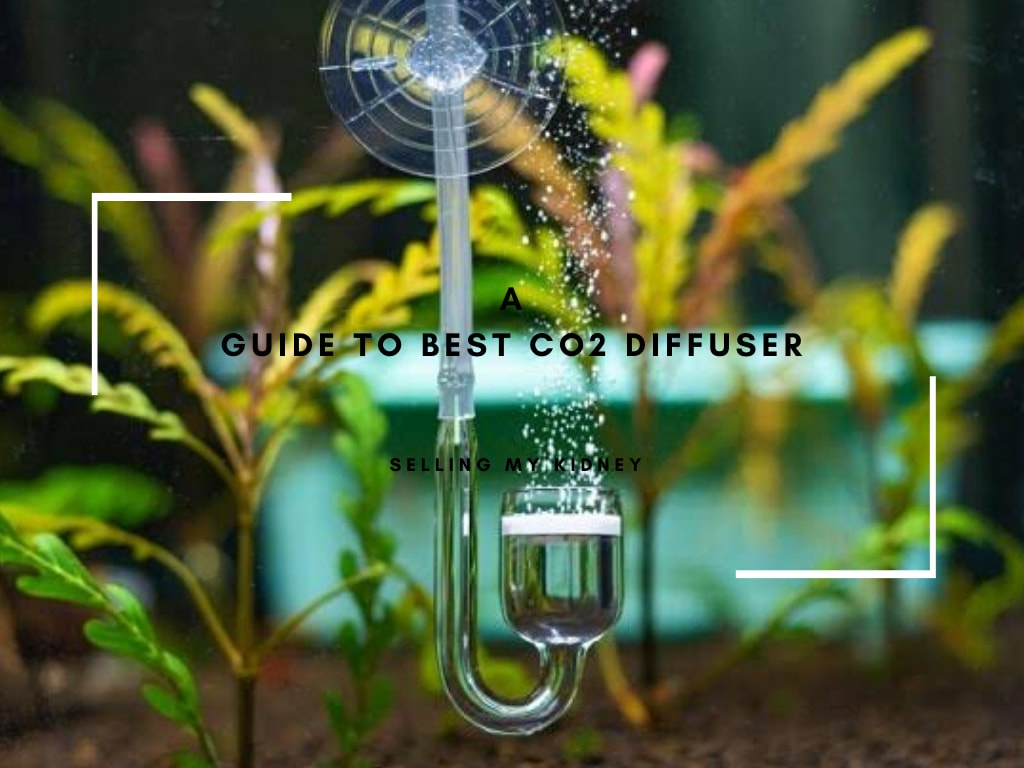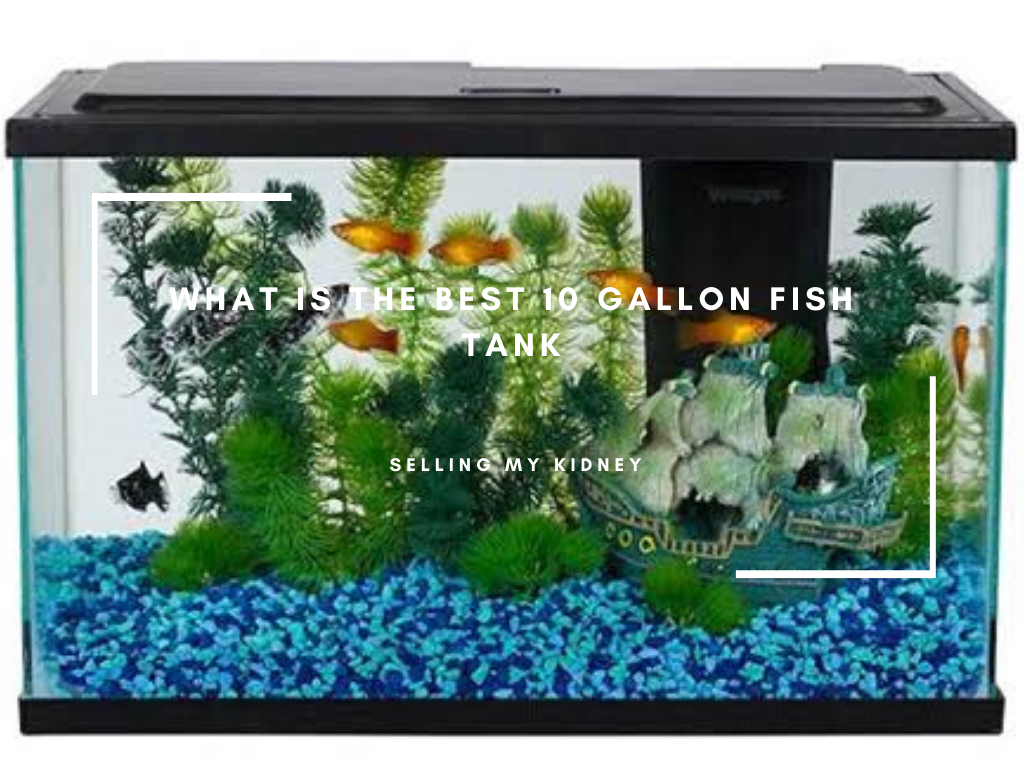Aquarium filters are an essential part of any aquarium.
They help keep the water clean and healthy for your fish, plants, and other aquatic life.
There are several types of aquarium filters available on the market today:
- mechanical filtration (sponge or floss),
- chemical filtration (activated carbon)
- biological filtration (live bacteria cultures).
Each type has its advantages; some provide better physical cleaning while others offer more effective removal of toxins from the tank’s environment.
Mechanical filters remove large particles, such as uneaten food or waste materials, that can cloud up a tank if left unchecked.
They also trap debris before it reaches deeper into your system, where it could cause damage to delicate organisms like corals or invertebrates.
Chemical media helps break down organic compounds. That’s to reduce ammonia levels which are toxic to most species living in freshwater tanks.
Activated carbon works best here, but there are many options depending on what you need out of this particular form of filtering!
Finally, live bacterial colonies act as natural bio-filters by consuming nitrates produced during decomposition processes within an ecosystem.
These beneficial microbes play a key role in keeping everything balanced.
So make sure not to forget about them when setting up your new home for all those beautiful creatures!
Overview Of The Different Types Of Aquarium Filters
Aquarium filters are an essential part of keeping a healthy aquarium.
They help to keep the water clean and free from harmful bacteria, debris, and other contaminants that can be dangerous for fish.
There are several different types of aquarium filters available on the market today:
- Mechanical Filters – These use physical media such as sponges or filter pads to trap particles in the water column before they reach your tank’s inhabitants;
- Chemical Filters – These utilize chemical substances like activated carbon or resins, which absorb pollutants out of the water;
- Biological Filters -These rely on beneficial bacteria colonies living inside them to break down waste products into harmless byproducts;
- UV Sterilizers – This type uses ultraviolet light rays from special bulbs placed within their housing units to kill off any microorganisms in your tank’s environment.
All these options have advantages and disadvantages depending on what kind of setup you’re looking for!
It is important when selecting the one that fits both size requirements (for example, if using a hang-on back model) and flow rate needs. So make sure you do research beforehand!
How To Choose The Right Type Of Aquarium Filter For Your Tank?
Choosing the right type of aquarium filter for your tank is important.
There are three main types of mechanical, biological, and chemical filters.
Mechanical filters
Mechanical filters remove solid particles like dirt or debris; they can be either hang-on back (HOB) models that attach directly onto the side of an aquarium, internal power filters which sit inside a tank, or sponge/box style units placed in sumps outside tanks.
Biological filtration
Biological filtration uses beneficial bacteria to break down ammonia into nitrite and then nitrate before it enters the water column.
Chemical filtration
In contrast, chemical filtration removes dissolved organic compounds such as tannins and heavy metals with activated carbon media pads or resins.
Here’s how you should decide what kind of filter best suits your needs:
- Consider the size – larger tanks require more powerful filtering systems than smaller ones, so make sure you get one suitable for the volume of water being filtered;
- Think about maintenance – some need regular cleaning, whereas others don’t have any moving parts making them easier to maintain over time;
- Look at cost – the budget will determine whether you go for a basic model versus a high-end unit with lots of features included;
- Research different brands available on the market today – read reviews online, compare prices between various manufacturers, and find out if there’s a warranty offered.
- Ask for expert advice when necessary – consult local pet store staff members who may provide helpful tips based on their daily experience working with these products!
Comparison Of Mechanical, Biological, And Chemical Filters
Mechanical, biological, and chemical filters are all used to purify water.
Mechanical filtration uses a physical barrier such as sand or cloth to remove particles from the water.
Biological filtration utilizes bacteria that break down organic matter in the water into harmless byproducts like carbon dioxide and nitrogen gas.
Chemical filtration involves adding chemicals like chlorine or ozone, which react with contaminants in the water, making them less harmful or even removing them completely.
Examples of mechanical filters include sediment filters, cartridge filters, and diatomaceous earth (DE) filters.
Examples of biological filters include the activated sludge process and trickling biofilters.
Examples of chemical filters include chlorination/dechlorination systems and reverse osmosis systems.
The main difference between these three types is how they work – mechanical relies on trapping pollutants physically.
In contrast, both biological and chemical rely on changing their composition chemically.
So they can be removed more easily from your drinking supply without leaving any residue behind!
Important facts about each type are that mechanical requires regular maintenance for optimal performance.
In contrast, neither biologic nor chemic require much upkeep once installed correctly.
This makes it ideal if you don’t want too many hassles when trying to keep up with cleanliness standards at home!
Last but not least, important-chemical filtering may produce some unwanted side effects depending upon what kind of contaminant needs removal. For example, taste and odour change due to their reaction with certain compounds in our tap water source(s).
Pros And Cons Of The Popular Aquarium Filter Types
Aquarium filters are an important part of keeping a healthy aquarium.
They help to keep the water clean and free from debris, as well as provide Oxygen for fish and other aquatic life.
There are several types of aquarium filters available on the market today, each with its own pros and cons:
Hang-on Filters
These hang onto your tank’s back or side wall. They’re easy to install but noisy when running at full power.
Pros
Pros include affordability, ease of installation/maintenance & good filtration capabilities (mechanical + biological).
Cons
Cons include noise levels & limited flow rate capacity compared to larger models like canister filter systems.
Canister Filter Systems
This type is more expensive than hang-on but offers superior performance in terms of both mechanical and biological filtration, plus higher flow rates.
That helps create better circulation within tanks with large livestock inside them!
Pros
Pros include high-efficiency filtering capability due to their multi-stage design structure and quieter overall operation.
That makes it ideal for those who want peace while enjoying their aquascape setup without any disturbance caused by loud motor noises coming out from these units themselves!
Cons
Cons may involve costlier upfront investment costs associated with purchasing one unit initially. And only then have additional maintenance expenses down the line if needed, such as replacing media cartridges.
Over time depending upon usage frequency, so make sure you factor this into budgeting considerations before committing yourself financially here.
Internal Power Filters
These fit directly inside your tank rather than hanging off outside walls or being placed underneath furniture pieces near where they’re located.
A great choice if space-saving needs dictate.
Otherwise, since no external hardware is required, it should do the work either way.
Some people find internal pumps less efficient because there’s insufficient room between components.
Pros
Pros include compact size convenience coupled with lower price tags attached versus buying something different yet still capable of doing the same job effectively, albeit at a slower pace.
Cons
While conversely, a potential downside could potentially come about through a lack thereof adequate surface area coverage provided, thereby resulting in poorer quality results achieved end results, unfortunately 🙁
How To Incorporate Different Types Of Filters For Optimal Filtration?
Filters are an important part of any filtration system.
To ensure optimal performance, it is essential to incorporate different filters into the system.
Here’s how:
- Choose a filter type that best suits your needs – for example, sediment filters remove dirt and debris from water; carbon block or granular activated carbon (GAC) removes chlorine and other contaminants; reverse osmosis systems reduce dissolved solids like lead and arsenic; ultraviolet light kills bacteria in water supplies.
- Consider the particles you need to capture – larger particle sizes require more robust filtering media, such as sand or gravel. In contrast, smaller particles can be removed with finer mesh screens or pleated paper cartridges.
- Select appropriate micron ratings based on what kind of contaminant removal you want – lower microns will trap smaller particulates. Still, they may clog faster than higher-rated ones, so choose wisely!
- Install multiple stages if necessary – some applications might benefit from having two separate sets of filters working together in series rather than just one single-stage unit alone. That could also help improve overall efficiency by reducing the pressure drop across each element within the setup over time!
- Monitor regularly for signs that indicate when replacement is needed – this includes changes in flow rate and discolouration/cloudiness coming out at endpoints after passing through all elements installed along its path before reaching them.
- Replace old units promptly once they reach their maximum lifespan. Otherwise, there’s a risk of contamination entering back into supply lines due lack of proper maintenance being done periodically throughout the year(s).
This also helps keep costs down since new parts don’t have to be purchased every few months, only occasionally depending upon usage levels experienced during those periods!
In Summary: What Are The Types Of Aquarium Filters?
In conclusion, many aquarium filters are available to suit any aquarist’s needs and preferences.
The most common type is a mechanical filter which uses physical filtration media such as:
- Sponges or floss to remove debris from water;
- Chemical filters use activated carbon or other substances that absorb pollutants to purify the tank’s water;
- Biological filters rely on beneficial bacteria colonies for breaking down waste materials into harmless byproducts like nitrates and phosphates;
- Lastly, UV sterilizers utilize ultraviolet light rays to kill off harmful microorganisms in an aquarium system.
Each type has advantages and disadvantages, so hobbyists must research their options before purchasing!
All four types should be combined since they work best.
This will ensure your fish have clean, healthy living conditions at all times!




